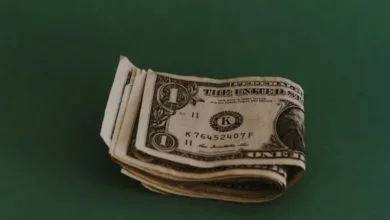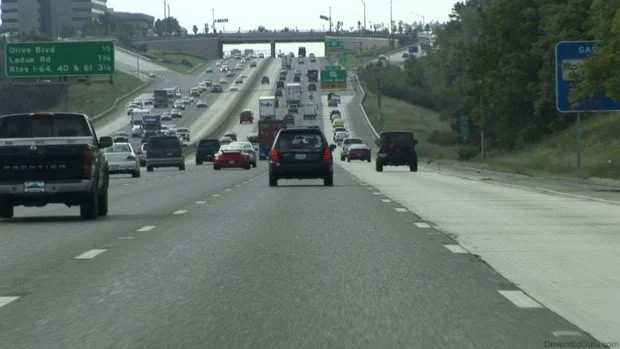Problems, Mistakes and Mysteries — and How to Solve Them
Laundry challenges, it seems, come in every size, shape, and intensity. Rather than thinking there is no solution for that stain, shrunken item or another laundry disaster, consider the ways you can recover and renew situations gone bad.
SHRUNKEN
Don’t be too quick to toss out that favorite sweater that just got shrunk in the hot wash or went through the dryer accidentally set to hot. Chances are good you can unshrink it if you move quickly:
In a large container, make a solution with 1 gallon lukewarm water and 2 tablespoons baby shampoo. Soak the shrunken garment in the solution for about 10 minutes until totally saturated. Now, the important part: Don’t rinse! Simply blot out all the excess water with a dry towel and very gently lay it flat on a fresh towel. Reshape slowly and carefully as you stretch it back to its original size. Dry away from direct sunlight or heat.
This technique will work provided the fibers have not become permanently damaged, or “felted.”
SUPER STAINS
You’ve washed and dried that item dozens of times and still the ugly grease or other annoying stain hangs on. Before you toss it out, try one more thing, Lestoil.
It’s been around like forever, but so few people know about it. Lestoil, an all-purpose, heavy-duty oil and grease remover, has been manufactured right here in the USA for decades.
Lestoil can be used full-strength on stains, especially really difficult stains — the kind of stains you just give up on like ink, toner, grease, oil, scuff marks, blood, lipstick, nail polish, paint, grass stains, coffee stains, crayon and marker stains on every surface you can imagine. Even the sticky stuff left behind by stickers and labels. While not only for laundry, Lestoil is a laundry room’s best friend and has removed every old stain I’d given up on as well as every new stain I’ve acquired since the two of us met — especially on clothing.
MELTED-ON CRAYON STAINS
With so many restaurants giving the kids crayons to keep them occupied while waiting for the meal to arrive, it’s handy to know how to remove crayon stains from clothes that have inadvertently made their way through both the washer and dryer.
With so many restaurants giving the kids crayons to keep them occupied while waiting for the meal to arrive, we have had to learn how to remove crayons from clothes that have inadvertently made their way through both the washer and dryer. Melted-on crayon can be removed by first applying WD-40 to the area, working it into the stain with your fingers. Once the WD-40 has begun to break down the petroleum base of the crayon, apply concentrated detergent to remove both the stain and the WD-40. Put back into the washer and launder as usual. It works like a charm.
YELLOW ARMPIT STAINS
Armpit stains on white T-shirts are caused by the reaction between antiperspirant ingredients and the salts in human sweat. Most antiperspirants contain aluminum compounds to reduce wetness. It is the aluminum that causes the buildup and yellowing on fabrics. The stains don’t appear overnight, but without proper washing of shirts after each wearing, the stains will start to show, and the show will be yellow on white shirts.
In a small jar or bowl, make a mixture of 1 part Dawn and 2 parts hydrogen peroxide. Then sprinkle baking soda over the stain, and with an old toothbrush or bristle brush, scrub the areas well. Allow to sit for at least an hour, then launder as usual.
SMELLY TOWELS
If your bath linens have become dingy gray, stiff, scratchy and super smelly, chances are very good it’s the result of the buildup of detergents and fabric softeners that have not been rinsed out properly. That together with damp, moist conditions can produce a breeding ground for bacteria. No wonder you’ve got a big, gross, smelly laundry problem.
You are going to use white vinegar and baking soda to fix this skanky problem once and for all. But not together. This will be a two-step process.
Vinegar contains acetic acid that breaks down mineral deposits and dissolves the buildup of detergent and fabric softeners. Baking soda is alkaline and breaks down dirt and grease, and neutralizes odors. Used together, they counteract each other. For this process, we want them to do their work independently. This will strip the residue, leaving them fresh and able to absorb more water again.
WASH NO. 1
Load towels into the washer loosely. Set it for a long wash cycle and fill with the hottest water you can manage. Turn the water heater up to 140 F for this event. Or boil water on the stovetop, then carefully transport it to the washer. The point is that the water must be very hot to kill the bacteria. Add 2 cups of white vinegar to the load. Allow it to run the entire cycle, then leave the towels in the washer.
WASH NO. 2
Fill the machine once more with the hottest water possible. This time, add 1 cup baking soda. Run the entire cycle.
Whether you hang the towels outdoors or put them in the dryer, make sure they are completely and thoroughly dry. Now smell them. If they do not smell fabulously clean, repeat Wash No. 1 and Wash No. 2 as necessary until the smell is completely gone. The investment you’ve made in these towels makes them worth the effort.



